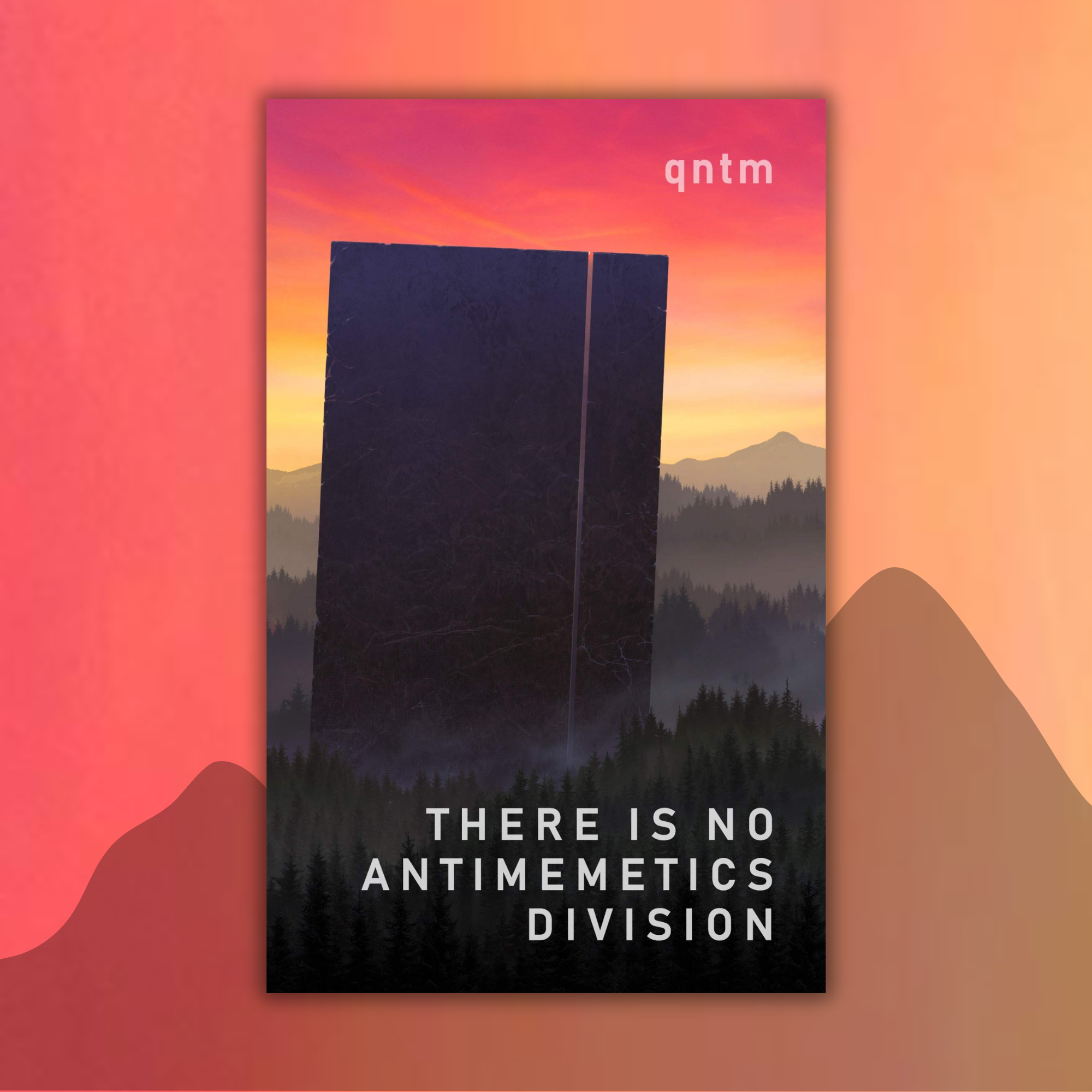- Magazine Dirt
- Posts
- State of Gamification pt. 2
State of Gamification pt. 2
Get played.

Norah Rami on what happens when points are layered into everything. This is part two of a two-part series. Read part one here.
When I was a kid, my dad and I would play a game each time we snacked on cherries at the kitchen table. The rules were simple: try to leave your cherry pit as clean as possible. At the age of five I was already intensely competitive—a trait he easily exploited. As I sucked on a single pit for minutes on end, my dad would devour the remainder of the bag. Once the cherries were gone, I would walk away with the smug satisfaction of having bested my Dad at our game. He, on the other hand, would be full.
Nearly every game is defined by its winners and losers, and that imaginary status can, in turn, come to define the real world. Sometimes it’s as silly as being named Boggle champion for the night, sometimes as high-stakes as the World Poker Championship’s $40 million grand prize. At 2022’s Art Basel Miami Beach, MSCHF set up an ATM that ranked users on a leaderboard based on the cash balance of their bank account—transforming the implicit prestige-jockeying of the elite art world into an outright competition.
If victory or defeat can be used as shorthand for status itself, then points are status indexes. They make visible players’ successes—and failures—with anything beyond their reach deemed irrelevant to the competition at hand. As Frankfurt School philosophers Theodore Adorno and Max Horkheimer wrote in their 1944 treatise Dialectic of Enlightenment, “Anything which cannot be resolved into numbers, and ultimately into one, is illusion; modern positivism consigns it to poetry.”
Article continues below

SPONSORED BY GIRLBOSS

Meet Girlboss Daily, the free morning newsletter for ambitious women carving their own paths to success. Think of it as your daily navigator for the future of work, packed with must-know news, curated shopping finds, actionable insights on leadership, productivity, and wellness, all with a sprinkle of pop culture. Delivered Monday to Friday, it’s your go-to resource for talking points that’ll impress in the group chat and the boardroom.

In the age of big data, much of our lives has been made quantifiable. We can track how long we sleep, how fast we run, how much we read. Individuals today are surrounded by far more information about themselves than ever before—allowing for the emergence of a “quantified self” whose experiences are turned into numbers, which can then be used to assess the value of said experiences.
“My husband has one of those watches that pays attention to his exercise and his sleep. Sometimes in the morning, I’ll ask him how he slept, and the first thing he does is he looks at his watch,” says Ruth K. Schmidt, an expert in behavioral design and associate professor at Chicago’s Illinois Institute of Technology. “I’m like ‘No, how did you sleep?’ Not ‘How did the watch tell you how you slept?’”

RECENT DIRT
|

